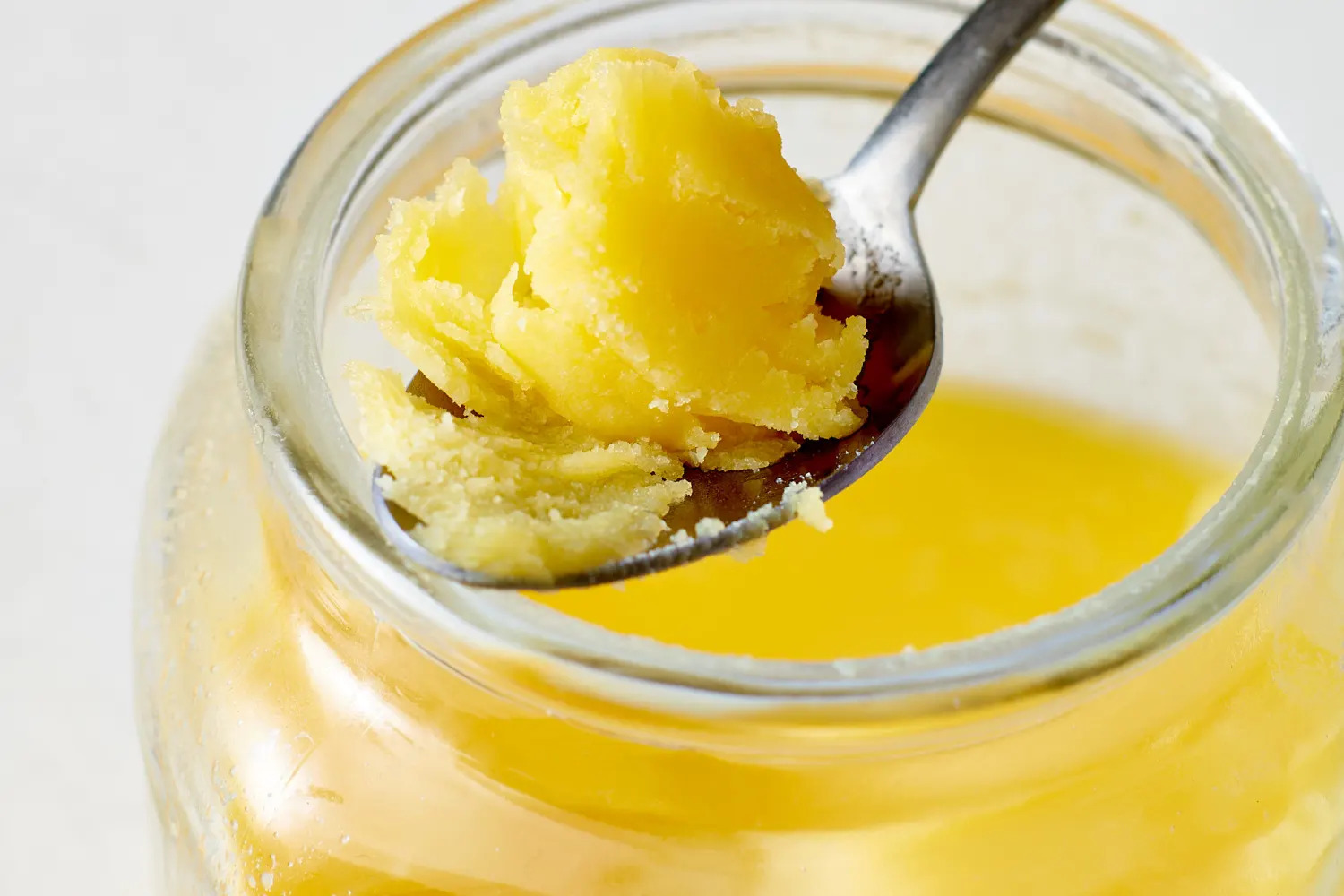

Articles
How To Store Ghee Butter
Modified: February 27, 2024
Discover the best ways to store ghee butter with our informative articles. Preserve its freshness and quality for longer periods.
(Many of the links in this article redirect to a specific reviewed product. Your purchase of these products through affiliate links helps to generate commission for Storables.com, at no extra cost. Learn more)
Introduction
Ghee butter, also known as clarified butter, is a popular ingredient used in various cuisines around the world due to its rich flavor and numerous health benefits. It is often used as a cooking medium, as a spread, or even in traditional medicinal practices. Properly storing ghee butter is essential to maintain its freshness, flavor, and nutritional value over time.
In this article, we will explore the importance of storing ghee butter properly and provide you with valuable tips and techniques to help extend its shelf life and preserve its quality. Whether you make homemade ghee or purchase it from a store, following these guidelines will ensure that your ghee butter remains delicious and ready to use whenever you need it.
Key Takeaways:
- Proper storage of ghee butter is essential to maintain its freshness, flavor, and nutritional value. Whether at room temperature, in the refrigerator, or in the freezer, following specific storage techniques and tips will ensure the longevity of this versatile ingredient.
- Factors such as temperature, air exposure, moisture, and light play crucial roles in preserving the quality of ghee butter. By understanding these factors and implementing proper storage techniques, you can enjoy the rich flavor and health benefits of ghee butter for an extended period.
Read more: How To Store Ghee
What is Ghee Butter?
Ghee butter is a type of clarified butter that originated in ancient India and has been used in traditional Indian cuisine for centuries. It is derived from regular butter by removing the water and milk solids, leaving behind a pure golden liquid with a rich, nutty flavor.
What sets ghee butter apart from regular butter is its high smoke point. This means that it can be heated to a much higher temperature before it starts to burn or smoke. This makes it ideal for cooking methods such as frying, sautéing, and deep-frying.
Ghee butter is also highly valued for its long shelf life. Due to the removal of milk solids and water, ghee butter has a much lower moisture content compared to regular butter. This lower moisture content helps inhibit the growth of bacteria and spoilage organisms, giving ghee butter a longer shelf life without the need for refrigeration.
In addition to its culinary uses, ghee butter has been recognized for its potential health benefits. It is rich in essential fatty acids, including omega-3 and omega-6 fatty acids, and contains antioxidants like vitamin A and vitamin E. Ghee butter is also free from lactose and casein, making it suitable for individuals with lactose intolerance or dairy allergies.
Furthermore, ghee butter is believed to have medicinal properties and is used in traditional Ayurvedic medicine for its healing properties. It is said to improve digestion, enhance immunity, and nourish the body.
Now that we have a clear understanding of what ghee butter is, let’s explore why it is important to store it properly to maintain its quality and maximize its shelf life.
Why Store Ghee Butter Properly?
Properly storing ghee butter is essential to preserve its freshness, flavor, and nutritional value. Here are a few reasons why it is important to store ghee butter properly:
- Prevent Rancidity: Ghee butter, like any other fat or oil, is susceptible to oxidation and can become rancid over time. Exposure to light, heat, and air can accelerate the oxidation process, leading to a stale and unpleasant taste. By storing ghee butter properly, you can minimize the exposure to these factors and prevent it from becoming rancid.
- Maintain Flavor and Aroma: Ghee butter is revered for its distinct, nutty flavor and aromatic aroma. Proper storage helps to preserve these qualities, ensuring that your ghee butter retains its delicious taste and appetizing scent.
- Extend Shelf Life: While ghee butter has a longer shelf life compared to regular butter, proper storage techniques can further extend its shelf life. By minimizing exposure to moisture, light, and air, you can prevent spoilage and maintain the quality of your ghee butter for a longer period.
- Ensure Nutritional Value: Ghee butter contains essential fatty acids, vitamins, and antioxidants that contribute to its nutritional value. By storing it properly, you can preserve these beneficial components and ensure that you are maximizing the nutritional benefits when you consume ghee butter.
Now that we understand the reasons behind proper ghee butter storage, let’s take a look at the key factors to consider when storing ghee butter.
Factors to Consider when Storing Ghee Butter
When it comes to storing ghee butter, several factors should be taken into consideration to ensure its longevity and quality. These factors include:
- Temperature: Ghee butter should be stored in a cool and dry place away from direct sunlight and heat sources. High temperatures can cause ghee butter to melt and potentially turn rancid. It is important to note that ghee butter has a higher melting point than regular butter, allowing it to remain stable at higher temperatures. However, excessive heat should still be avoided to maintain its quality.
- Air Exposure: Exposure to air can lead to oxidation and spoilage of ghee butter. It is vital to store ghee butter in an airtight container or jar to prevent air from infiltrating and causing degradation. This will help maintain the freshness and flavor of the ghee butter.
- Moisture: Moisture is another factor to consider when storing ghee butter. It is crucial to keep ghee butter away from moisture, as it can lead to the growth of bacteria and spoilage. Ensure that the container or jar used for storage is moisture-proof to maintain the quality and longevity of the ghee butter.
- Light: Light exposure can cause the deterioration of ghee butter. It is best to store ghee butter in a dark or opaque container to shield it from direct light. This will help preserve its flavor, aroma, and nutritional value.
- Cross-Contamination: It is important to keep ghee butter away from other strong-smelling foods or substances that can impact its flavor and aroma. Store ghee butter separately to avoid cross-contamination and maintain its original taste and fragrance.
- Container Quality: Choosing the right container for ghee butter storage is crucial. Opt for a food-grade container or jar with a tight-fitting lid or seal. This will ensure proper insulation, protecting the ghee butter from external factors and maintaining its quality.
Now that we’ve discussed the key factors to consider, let’s move on to explore the proper storage techniques for ghee butter.
Proper Storage Techniques for Ghee Butter
To ensure the longevity and quality of your ghee butter, it is important to store it properly. Here are some recommended storage techniques:
- Option 1: Room Temperature Storage: Ghee butter can be stored at room temperature as long as the room remains cool and dry. Choose a dark and cool area, away from direct sunlight and heat sources. A pantry or kitchen cabinet works well for this purpose. Store the ghee butter in an airtight container or jar to protect it from air exposure and moisture.
- Option 2: Refrigerator Storage: If you prefer a cooler storage option, you can store ghee butter in the refrigerator. Place the ghee butter in a sealed container or jar and keep it in the refrigerator’s main compartment, away from strong-smelling foods. Make sure the refrigerator is set at a consistent temperature of around 40°F (4°C) to prevent the ghee butter from solidifying or becoming overly cold.
- Option 3: Freezer Storage: If you want to extend the shelf life of your ghee butter even further, you can store it in the freezer. Divide the ghee butter into smaller portions and place them in an airtight container or freezer-safe bag. Label the container with the date to keep track of its freshness. Frozen ghee butter can typically be stored for up to six months. When ready to use, thaw the desired amount in the refrigerator overnight.
Regardless of the storage option you choose, ensure that the container or jar used is clean and dry before transferring the ghee butter into it. Properly sealing the container or jar will help maintain freshness and prevent contamination.
Remember to handle the ghee butter with clean utensils to avoid introducing any bacteria or contaminants. Additionally, avoid repeatedly exposing the ghee butter to air by taking out only what you need and promptly sealing the container.
Now that we’ve explored the storage techniques, let’s move on to some tips for maintaining the quality of stored ghee butter.
Store ghee butter in an airtight container at room temperature or in the refrigerator. Keep it away from direct sunlight and heat to maintain its quality and flavor.
Read more: How To Store Butter
Option 1: Room Temperature Storage
Ghee butter can be safely stored at room temperature if the room remains cool and dry. Here are some steps to follow for proper room temperature storage:
- Choose a Suitable Location: Select a dark, cool, and dry area in your kitchen or pantry to store the ghee butter. It’s important to keep it away from direct sunlight and heat sources as excessive heat can cause the ghee butter to melt or turn rancid.
- Use an Airtight Container or Jar: Transfer the ghee butter into a clean, dry, and airtight container or jar. Ensure that the container is food-grade and has a tight-fitting lid or seal to prevent air exposure and contamination. This will help maintain the quality and extend the shelf life of the ghee butter.
- Keep it Moisture-Free: Moisture can affect the quality of ghee butter, so it’s important to store it in a moisture-free environment. Make sure the container or jar is completely dry before transferring the ghee butter into it. Moisture can lead to bacterial growth, spoilage, and a shortened shelf life.
- Properly Seal the Container: After placing the ghee butter in the container or jar, ensure that it is tightly sealed to prevent air from infiltrating. This will help maintain the freshness, flavor, and aroma of the ghee butter. A tight seal will also prevent any potential odors from other foods in the vicinity from being absorbed by the ghee butter.
- Store in a Cool Area: The room where you store the ghee butter should remain cool to ensure its longevity. Avoid storing it near appliances that generate heat, such as ovens or stovetops. A consistent room temperature of around 70°F (21°C) or below is ideal for room temperature storage of ghee butter.
By following these steps, you can successfully store ghee butter at room temperature, maintaining its quality and freshness for an extended period. Remember to periodically check the container or jar for any signs of spoilage, such as an off smell or mold growth. If you notice any concerning changes, it’s best to discard the ghee butter and replenish it with a fresh batch.
Now that we’ve covered room temperature storage, let’s move on to explore another storage option: refrigeration.
Option 2: Refrigerator Storage
If you prefer a cooler storage option for your ghee butter, storing it in the refrigerator is a suitable choice. Here’s how you can properly store ghee butter in the refrigerator:
- Select a Clean Container: Choose a clean, dry, and airtight container or jar for storing the ghee butter in the refrigerator. Make sure the container is food-grade and has a tight-fitting lid or seal to prevent air exposure and maintain the freshness of the ghee butter.
- Transfer the Ghee Butter: Place the ghee butter in the chosen container or jar, ensuring that it is filled to the appropriate level. Leave some headspace to allow for any potential expansion or movement as the ghee butter cools and solidifies in the refrigerator.
- Find the Optimal Spot: Store the container of ghee butter in the main part of the refrigerator, away from strong-smelling foods to avoid any cross-contamination of flavors. Avoid placing it near the refrigerator door as it may be subjected to temperature fluctuations when the door is frequently opened.
- Maintain the Right Temperature: Set the refrigerator temperature to approximately 40°F (4°C) to keep the ghee butter at an optimal cool temperature. It’s important to note that ghee butter may solidify in the refrigerator, but it will soften when brought back to room temperature or heated.
- Properly Seal the Container: Before storing the ghee butter in the refrigerator, ensure that the container or jar is tightly sealed. This will help prevent air exposure and maintain the quality, flavor, and aroma of the ghee butter. A sealed container also helps to prevent any absorption of odors from other foods.
By following these steps, you can effectively store ghee butter in the refrigerator, ensuring its freshness and extending its shelf life. Remember to label the container with the date of storage to keep track of its freshness. It’s also important to handle the ghee butter with clean utensils to prevent any contamination.
When you want to use the refrigerated ghee butter, remove the desired portion and let it come to room temperature before incorporating it into your cooking or spreading it on toast. This will allow the ghee butter to soften and return to its usual consistency.
Now that we’ve explored refrigeration, let’s move on to the third option for ghee butter storage: the freezer.
Option 3: Freezer Storage
If you want to extend the shelf life of your ghee butter even further, storing it in the freezer is a great option. Here’s how you can properly store ghee butter in the freezer:
- Divide into Portions: Divide the ghee butter into smaller portions or cubes before freezing. This will make it easier to thaw and use only the amount you need, rather than thawing the entire batch.
- Use Freezer-Safe Containers: Place each portion of ghee butter into separate airtight freezer-safe containers or freezer bags. Make sure the containers or bags are labeled with the date of storage to keep track of their freshness.
- Remove Air and Seal: Remove as much air as possible from the containers or bags before sealing them tightly. This will help prevent freezer burn and maintain the quality of the ghee butter.
- Find the Right Freezing Spot: Place the containers or bags of ghee butter in the coldest part of the freezer, such as the back or bottom shelves. It’s important to store them away from strong-smelling foods to avoid any flavor transfer.
- Thawing Process: When you need to use the frozen ghee butter, remove the desired portion from the freezer and thaw it in the refrigerator overnight. Thawing it slowly in the refrigerator will help maintain its quality and texture.
- Proper Re-Sealing: If you only use a portion of the thawed ghee butter, make sure to re-seal the remaining portion tightly before returning it to the refrigerator or freezer.
By following these steps, you can successfully store ghee butter in the freezer, prolonging its shelf life and preserving its quality. It’s important to note that frozen ghee butter can typically be stored for up to six months without any significant deterioration in taste or texture.
Remember to handle frozen ghee butter with clean utensils to avoid any contamination. Thawed ghee butter may have a slightly different consistency compared to freshly made or refrigerated ghee butter, but it will still be suitable for cooking, baking, or spreading.
Now that we’ve explored freezer storage, let’s move on to some helpful tips for maintaining the quality of your stored ghee butter.
Tips for Maintaining the Quality of Stored Ghee Butter
Proper storage is key to maintaining the quality of stored ghee butter. Here are some helpful tips to ensure that your ghee butter stays fresh and delicious:
- Keep the Container Clean: Before transferring ghee butter to a storage container, make sure it is clean and dry. Any residues or moisture can impact the quality of the ghee butter.
- Handle with Clean Utensils: Always use clean utensils when scooping ghee butter from the container. This helps prevent contamination and extends its shelf life.
- Avoid Frequent Exposures: Minimize the frequency of opening the storage container to reduce air exposure. This will help maintain the freshness and prevent any potential oxidation of the ghee butter.
- Store in Small Batches: If you use ghee butter infrequently, consider storing it in smaller portions. This way, you can use one portion at a time, keeping the remaining ghee butter stored properly and minimizing the chances of spoilage.
- Rotate Stock: If you have multiple containers of ghee butter, make sure to use the older ones first. This ensures that the stored ghee butter gets consumed within its recommended shelf life.
- Check for Spoilage: Periodically inspect the ghee butter for any signs of spoilage, such as off smells, mold growth, or unusual changes in texture. If you notice any concerning changes, discard the ghee butter to avoid any health risks.
- Label and Date the Storage Containers: Always label each storage container with the date of storage. This helps you keep track of the freshness and allows for proper rotation of stock.
- Store in Smell-Free Environment: Ghee butter can absorb odors from strong-smelling foods. Store it in a separate area or container to preserve its authentic flavor and aroma.
By following these tips, you can ensure that your stored ghee butter remains fresh, flavorful, and of the highest quality. Whether stored at room temperature, in the refrigerator, or in the freezer, proper storage techniques coupled with these tips will help you enjoy your ghee butter for an extended period.
Now that we’ve covered the essential tips for maintaining the quality of stored ghee butter, let’s conclude our article.
Read more: How To Store Brown Butter
Conclusion
Proper storage is crucial for maintaining the freshness, flavor, and quality of ghee butter. Whether you choose to store it at room temperature, in the refrigerator, or in the freezer, taking the necessary steps to protect it from air exposure, moisture, light, and heat will ensure that your ghee butter remains delicious and ready to use for an extended period.
When storing ghee butter at room temperature, finding a cool and dry location and using an airtight container are essential. This helps prevent oxidation and spoilage while maintaining its smooth texture and rich aroma.
If you opt for refrigeration, ensure that the ghee butter is stored in a clean container with a tight seal. Placing it in the coldest part of the fridge away from strong-smelling foods will help maintain its freshness and prevent contamination.
For longer-term storage, the freezer is a great option. Dividing the ghee butter into smaller portions in freezer-safe containers or bags, and properly sealing them will help maintain its flavor and quality for up to six months.
Remember to handle ghee butter with clean utensils, minimize air exposure, and regularly check for signs of spoilage. By following these tips, you can maximize the shelf life and enjoy the nutritional benefits of ghee butter.
So, whether you use ghee butter as a cooking medium or a flavorful spread, proper storage techniques will preserve its unique taste and maintain its nutritional value.
Now that you have a comprehensive understanding of how to store ghee butter properly, you can confidently incorporate this versatile ingredient into your culinary creations and enjoy its rich flavor and health benefits.
Frequently Asked Questions about How To Store Ghee Butter
Was this page helpful?
At Storables.com, we guarantee accurate and reliable information. Our content, validated by Expert Board Contributors, is crafted following stringent Editorial Policies. We're committed to providing you with well-researched, expert-backed insights for all your informational needs.
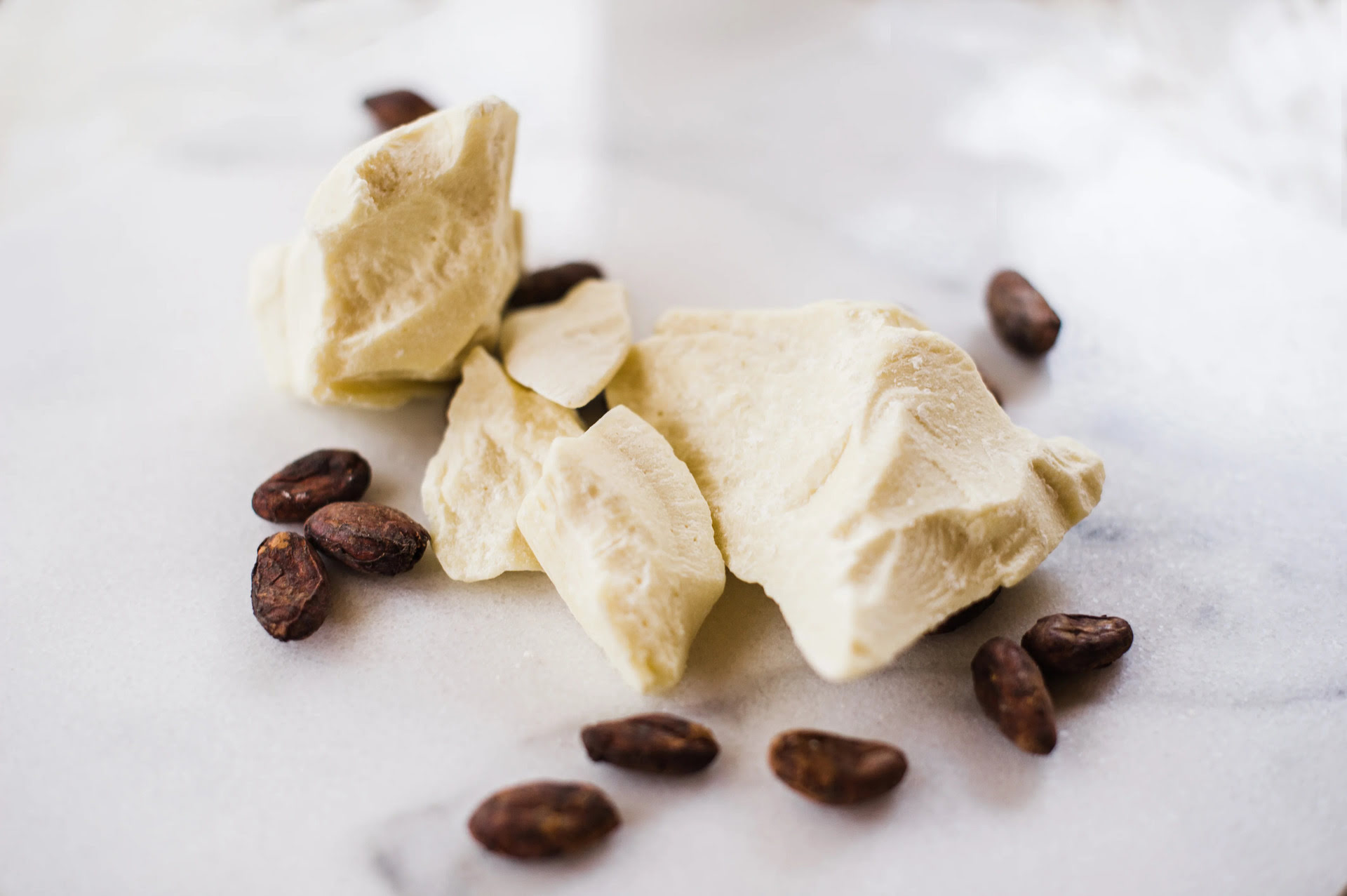
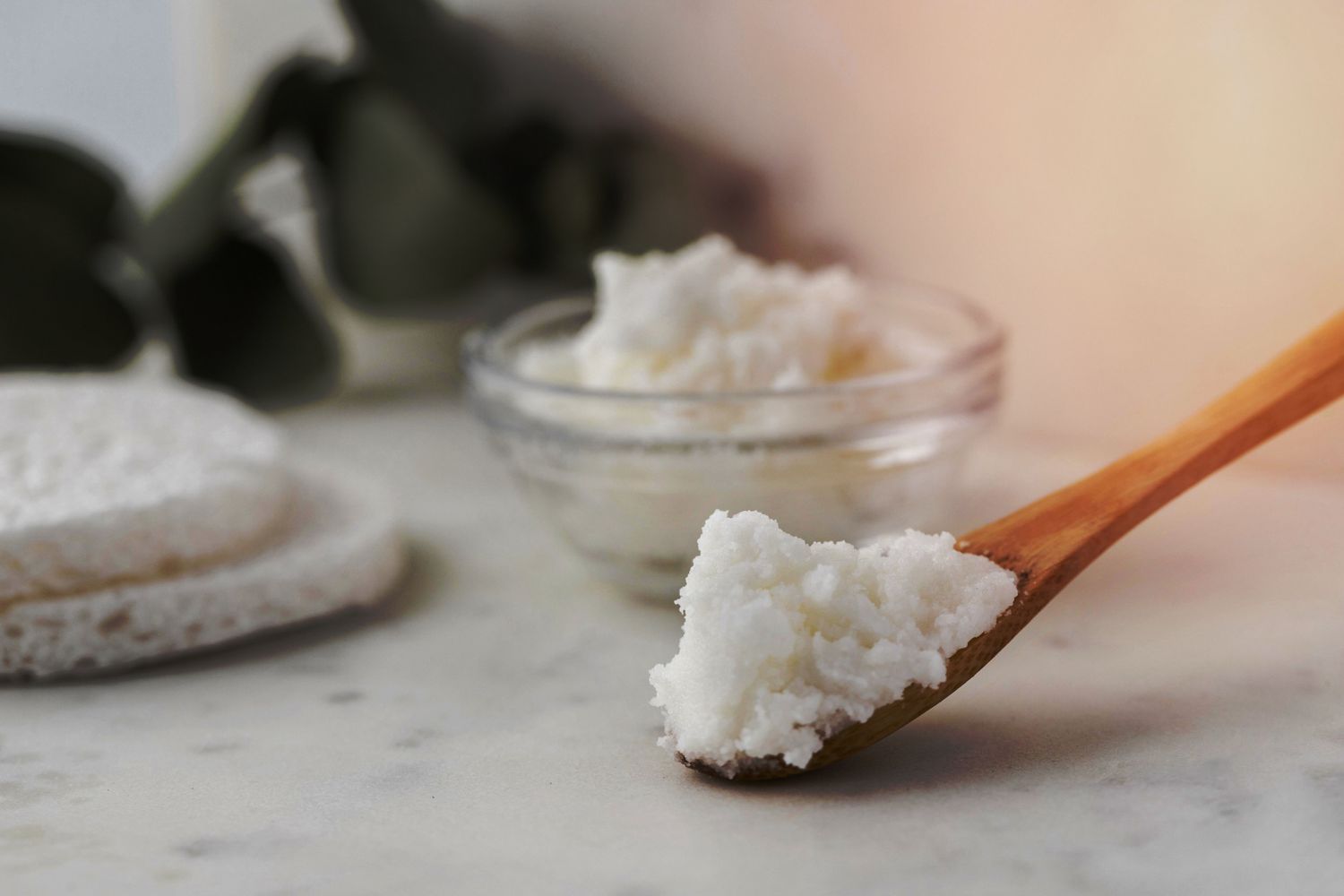
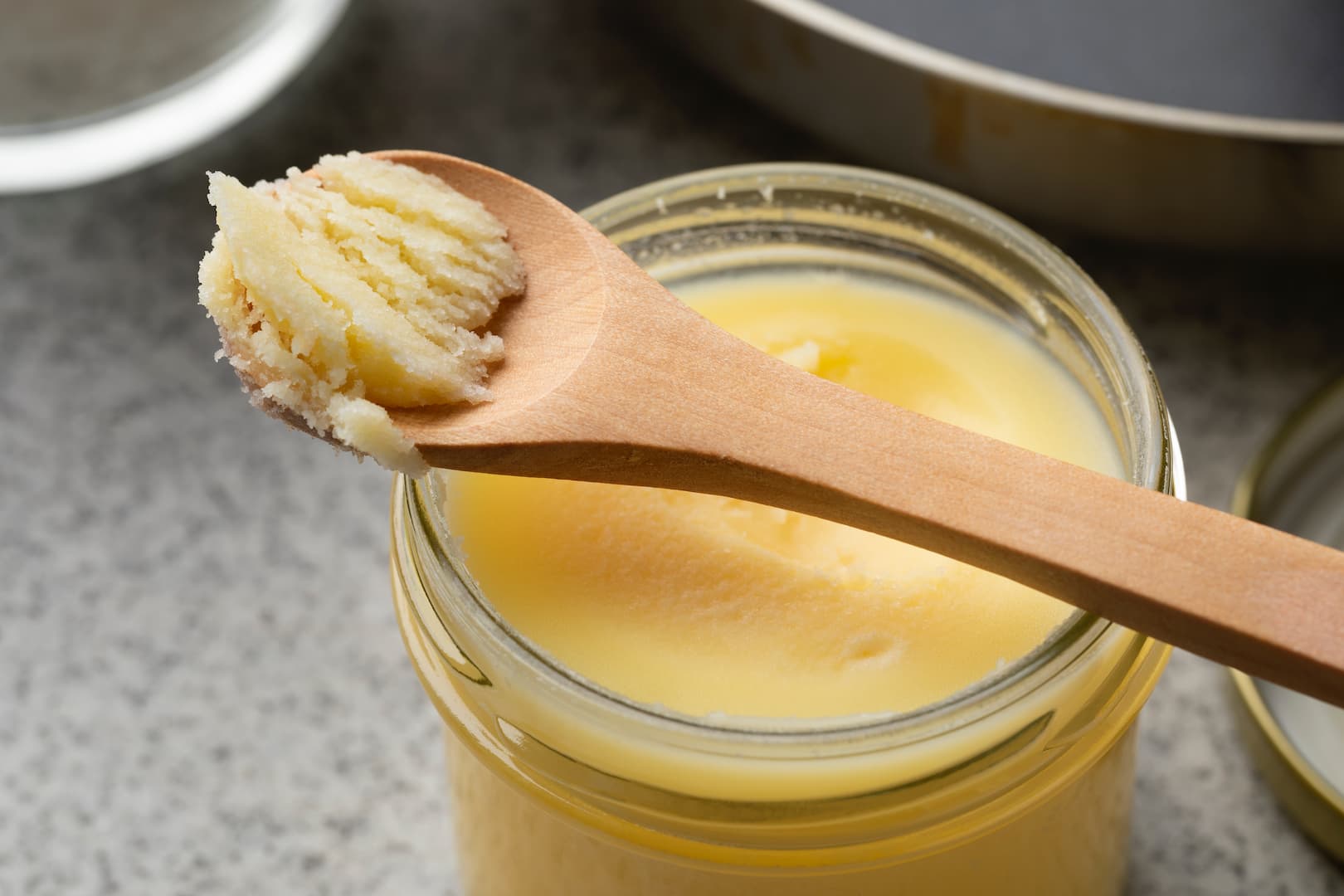

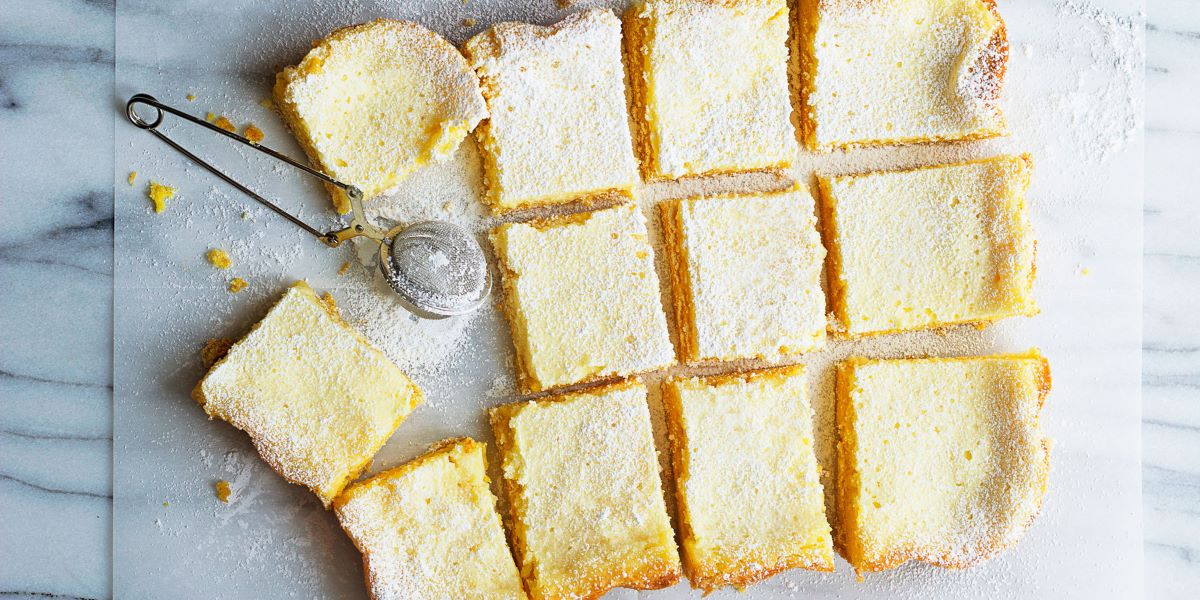

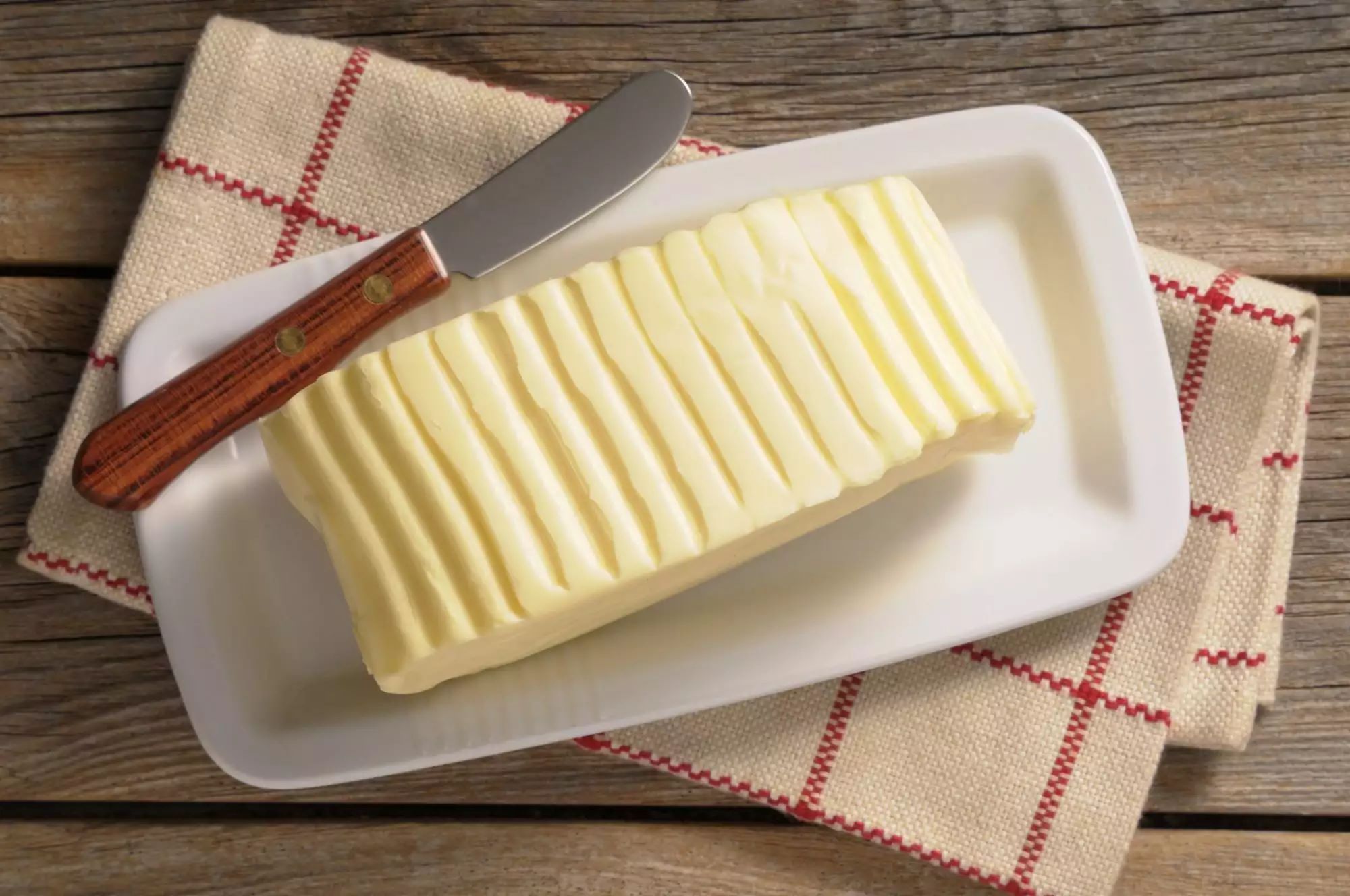
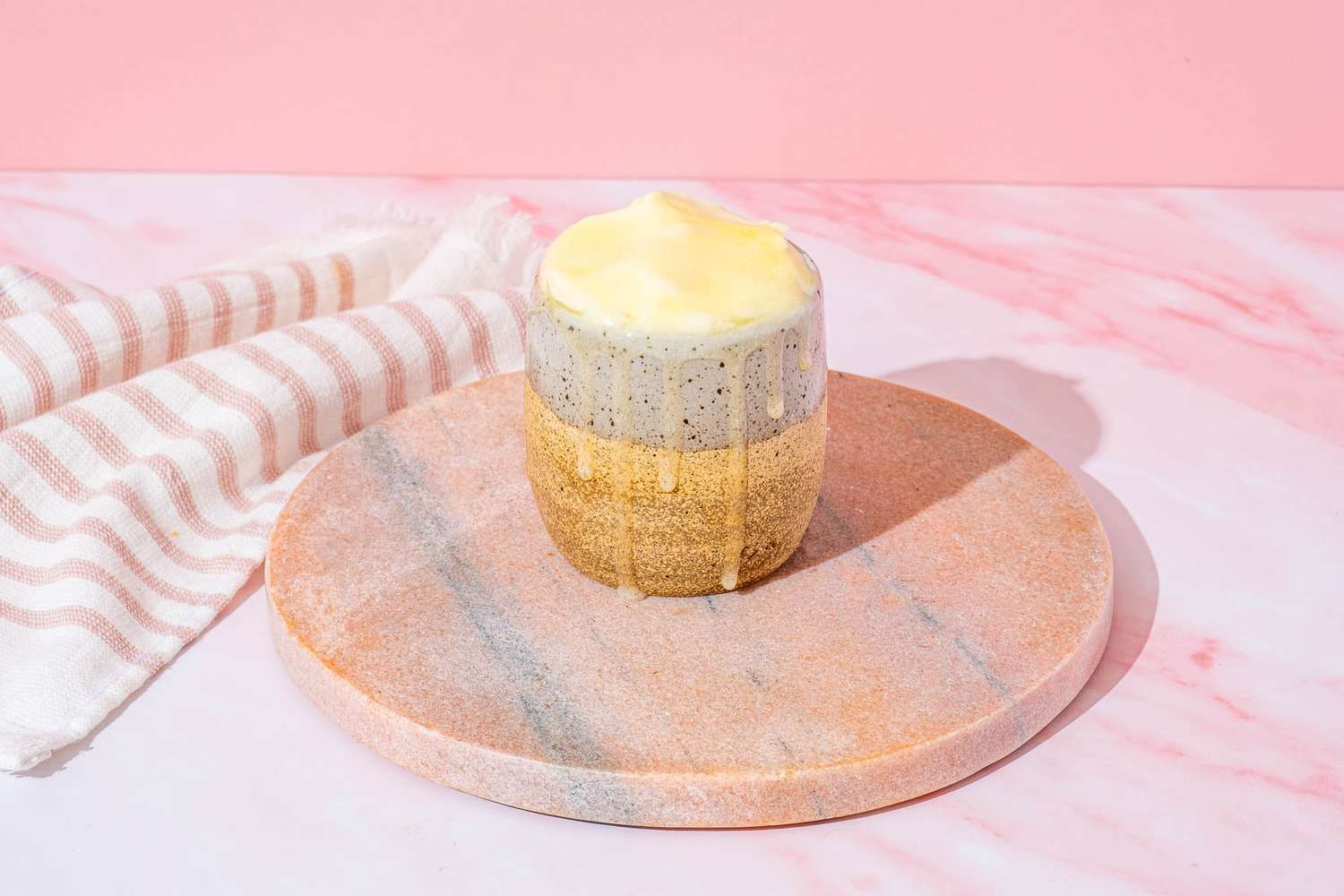
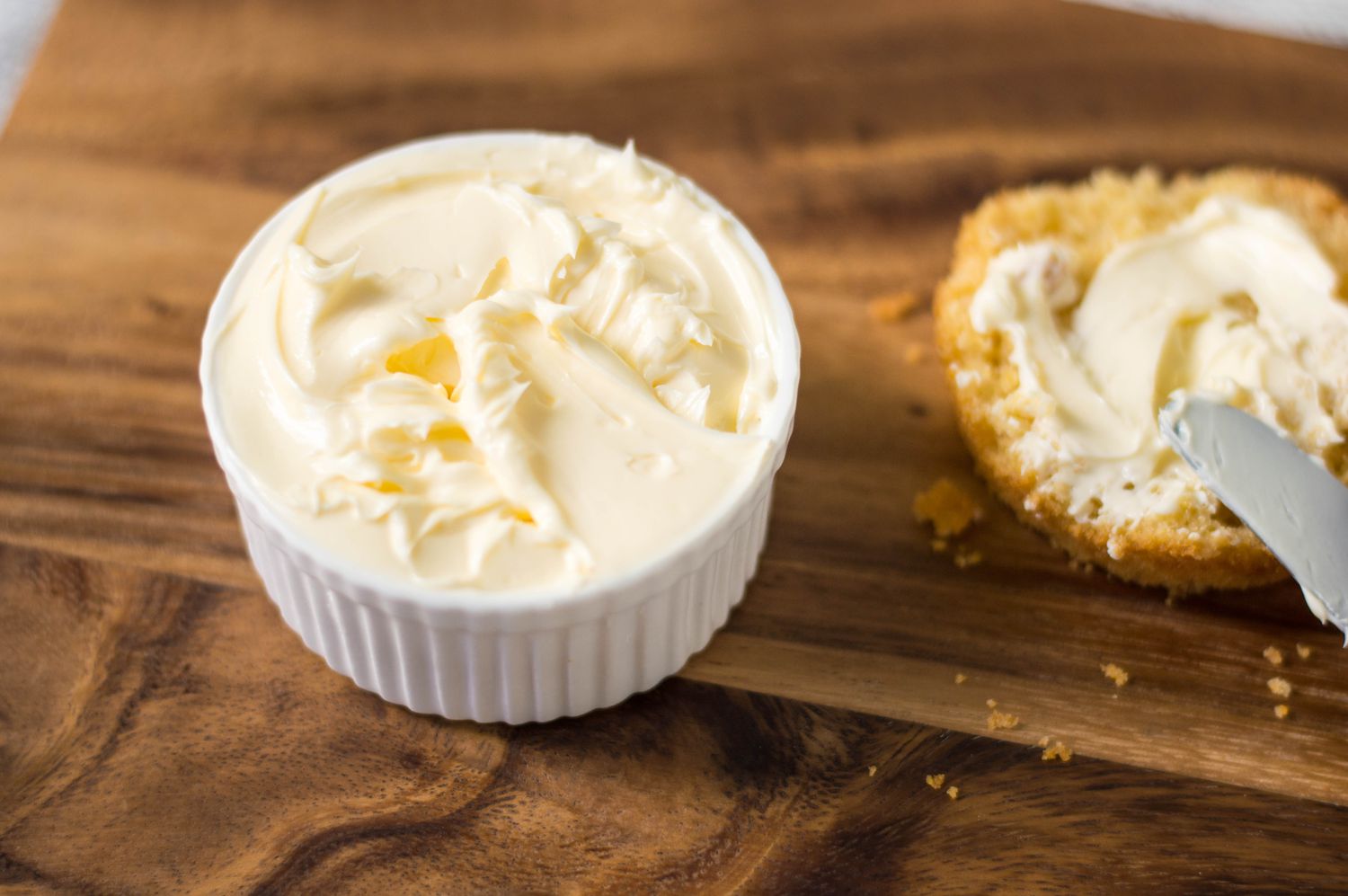
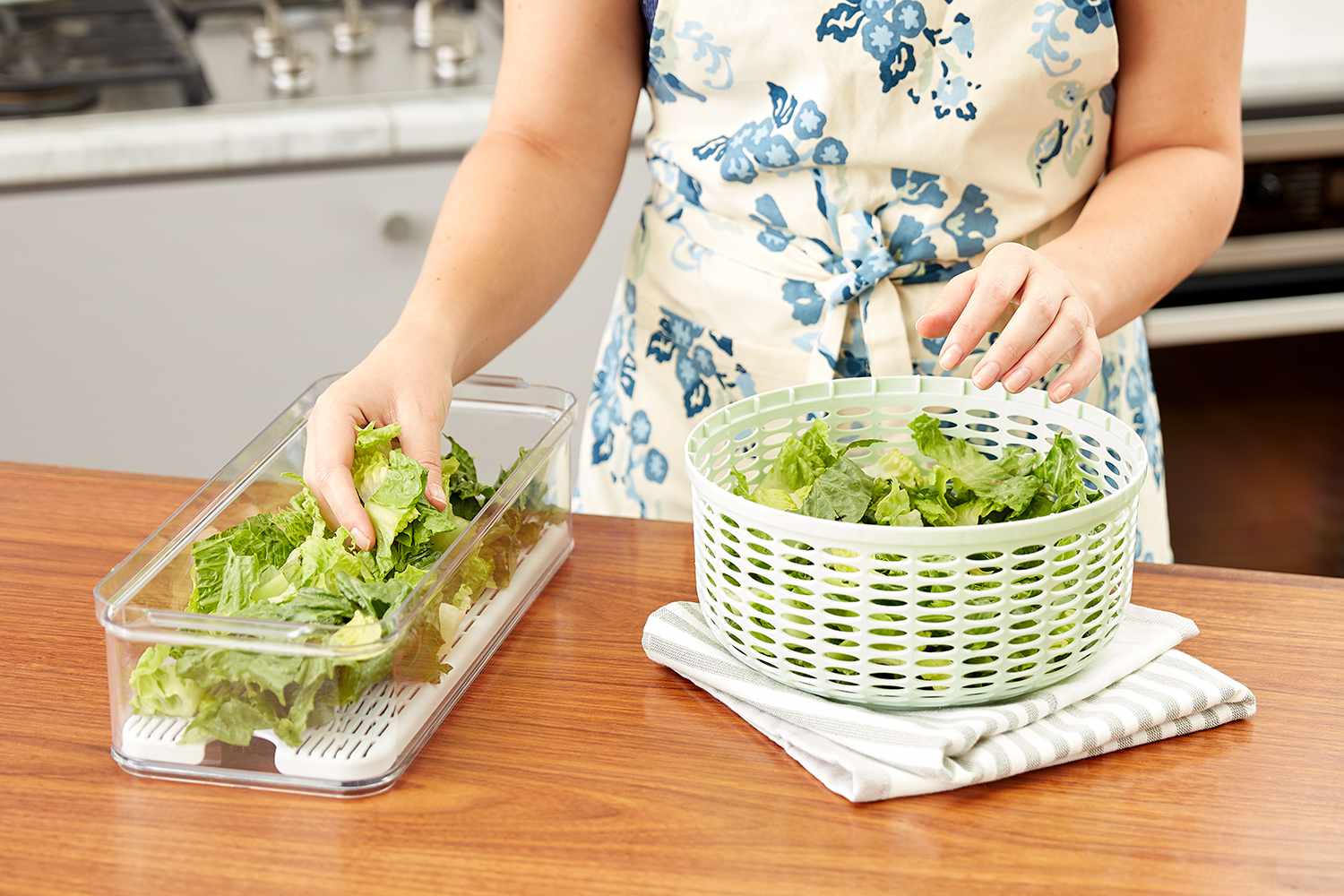
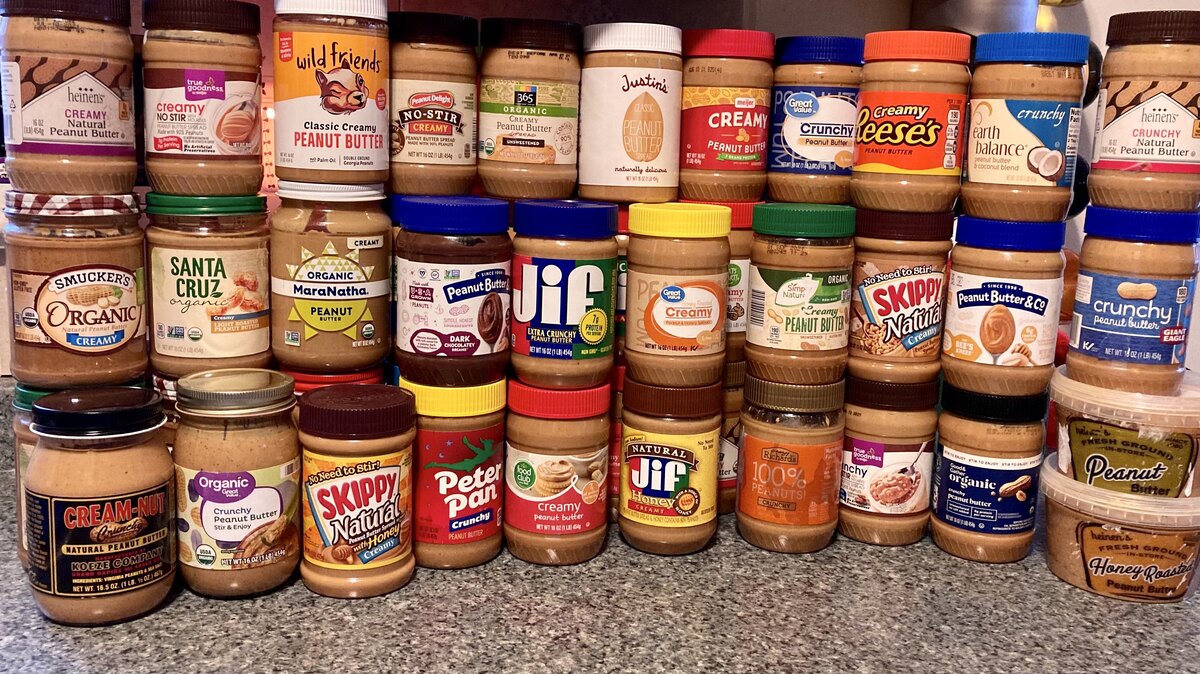

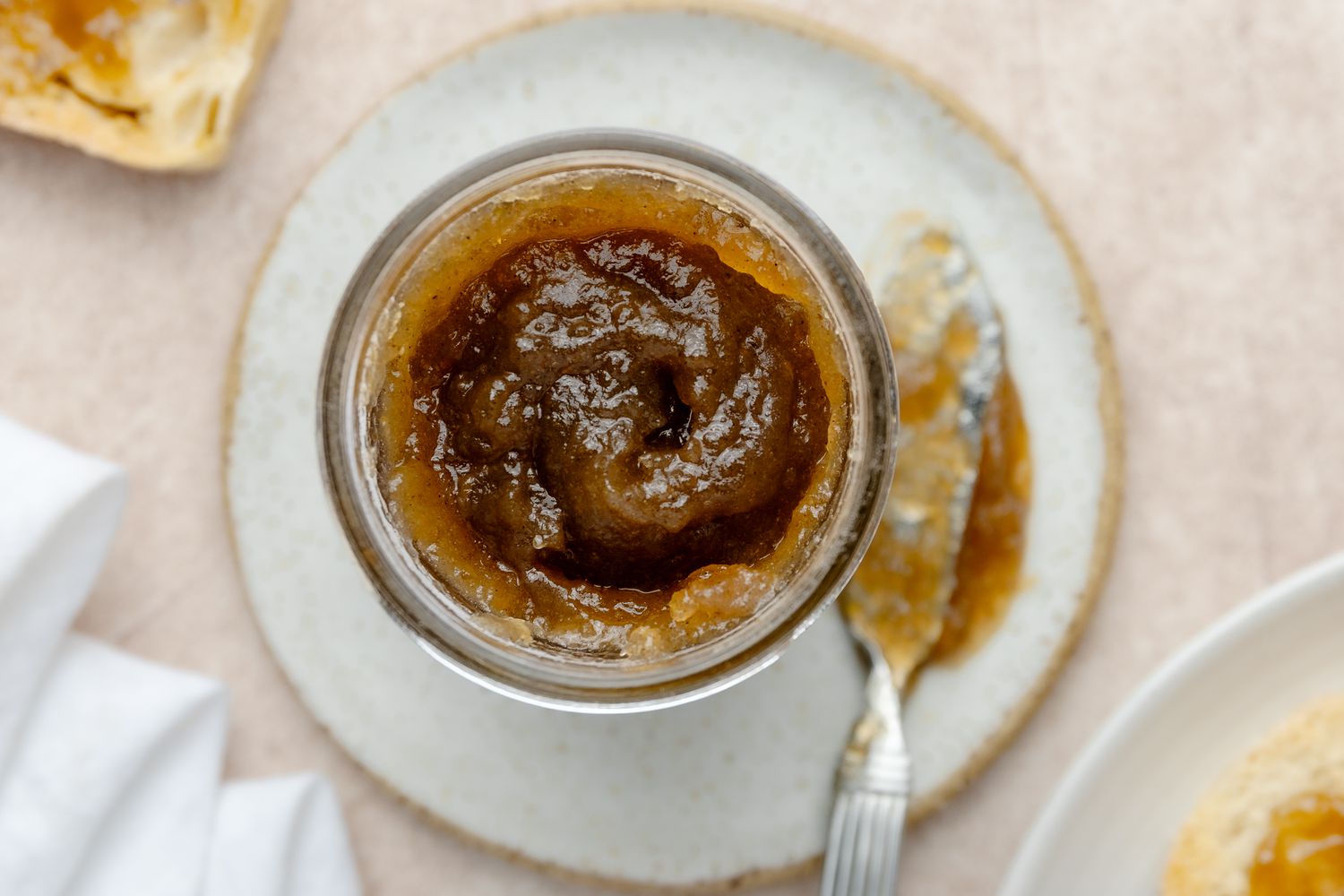

0 thoughts on “How To Store Ghee Butter”